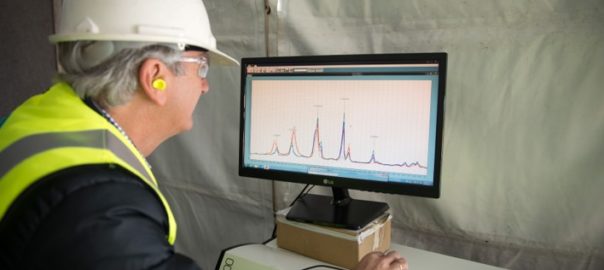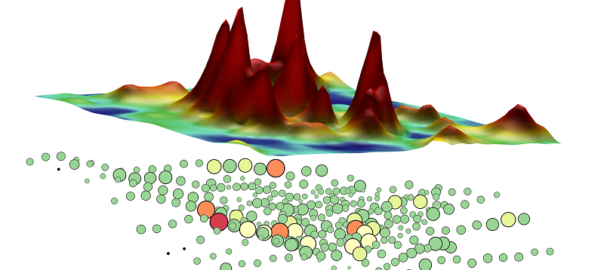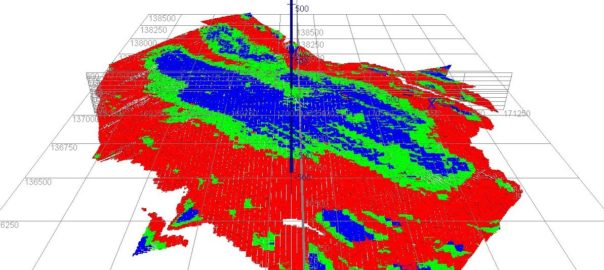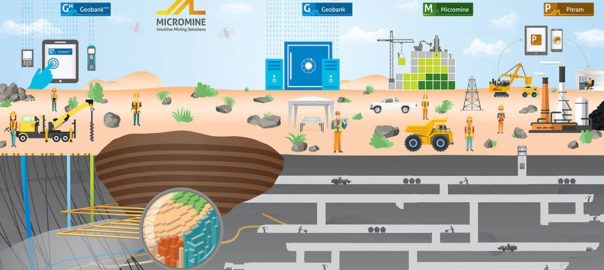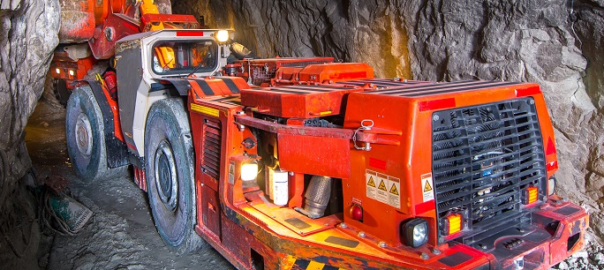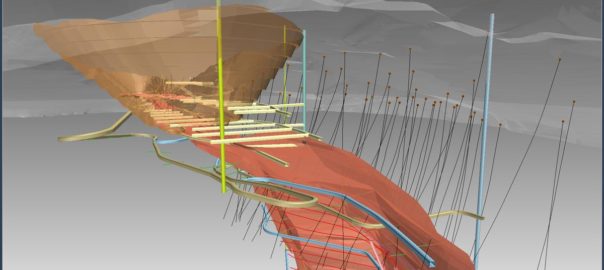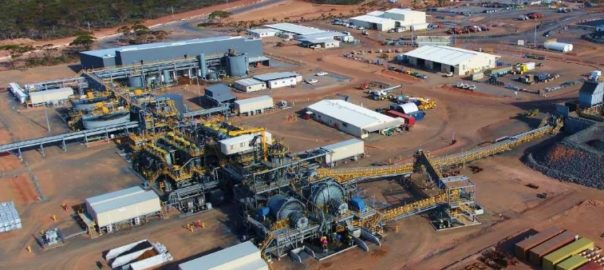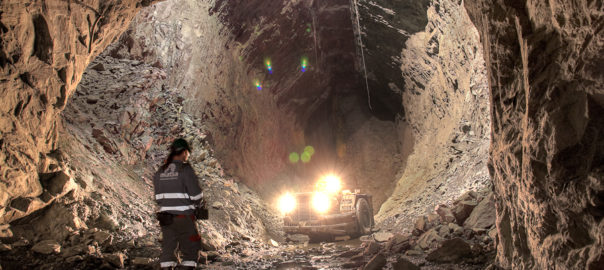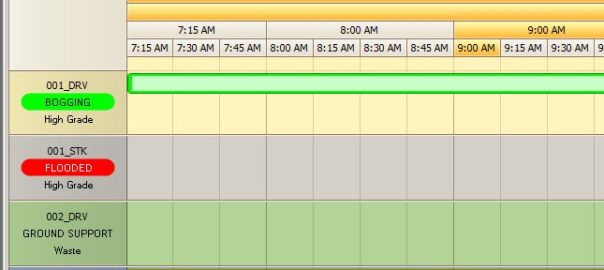MICROMINE says it has been selected by MinEx Cooperative Research Centre (CRC) as the sole software provider for the project.
MICROMINE will provide information and advice on software solutions for mineral exploration as part of the A$218 million ($154 million) CRC project, which was set up to develop new technologies to increase the discovery of new mineral deposits.
“Australia’s share of global mineral exploration reduced from about 25% in the 1990s to around 12.5% in recent years,” MICROMINE said. “The decline in activity has driven the establishment of the CRC, which is backed by A$50 million in Australian Government funding and another A$165 million in private sector support.”
MICROMINE joins 34 MinEx CRC partners from the mining equipment, technology and services sector and major miners BHP, South32, Anglo American and Barrick Gold, as well as research organisations in Australia and overseas, such as CSIRO, Geoscience Australia and various universities.
MICROMINE will be involved in the team focused on 3D geological modelling, which brings together mining companies, geological surveys and research institutions from Australia, Canada, France, Germany and the UK.
Mark Gabbitus, Product Strategy Manager for MICROMINE’s exploration and mine design software, Micromine, said: “MICROMINE will work with our project partners to develop a 3D geological and geophysical modelling package, which will help geologists, researchers and exploration companies to find mineral deposits in a more efficient and cost-effective way.”
The resultant solution will allow field geologists, researchers, explorers, resources modellers and managers to better define their 3D geological environment and assess the need for additional data and research, according to the company.
“It will also address existing problems explorers face that are related to urban geology, basin resources exploration and exploitation and mineral and scientific exploration in poly-deformed metamorphosed terranes,” MICROMINE added.
Gabbitus said the CRC complements the work MICROMINE is already undertaking to develop its geological software solution, Geobank.
“MICROMINE will contribute to the development of an open source algorithm, while scoping the development of a commercial version that could fit more seamlessly into the workflow of the explorers or miners that work with Micromine,” he said.
“There is a significant amount of work to do over the coming years but there are some exceptionally smart people involved in the project and it is very exciting for MICROMINE to play a role in developing the next generation of exploration and modelling tools.”







